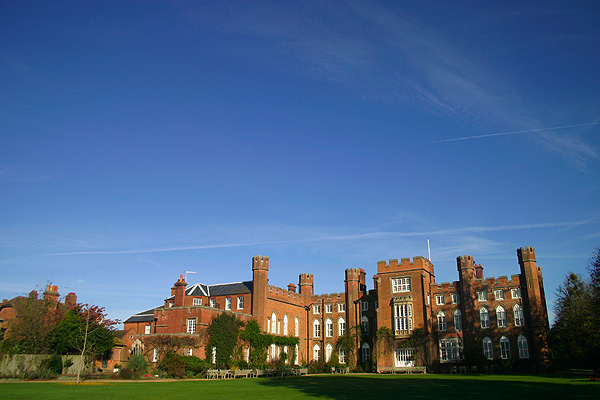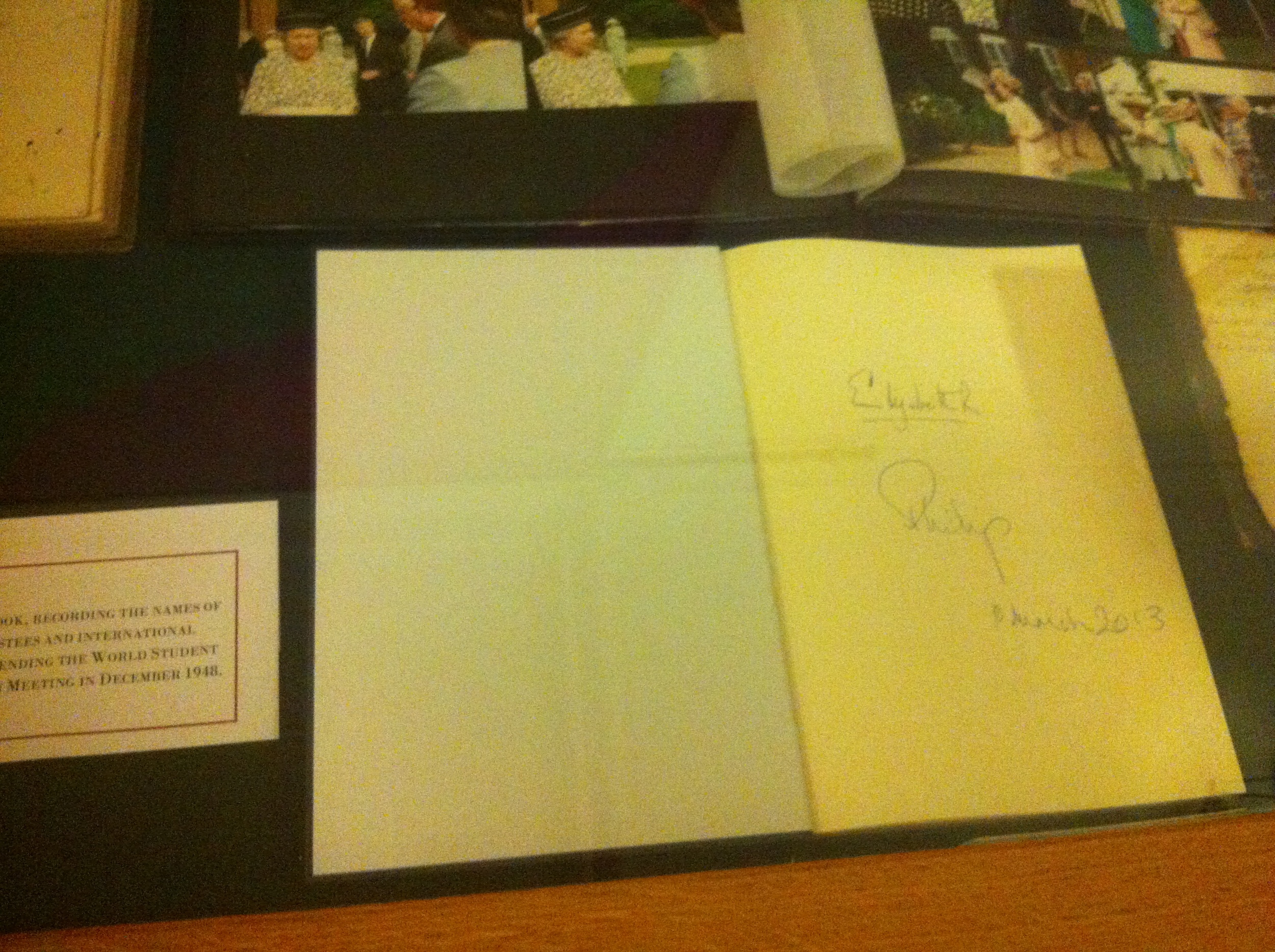Teaching Difficult History
I always thought it would be cool to be interviewed. Coming out of the Royal College of Art as an Interaction Designer, I thought it would be all designy and that cool people with cool glasses would be asking me about how awesome I am. It hasn’t really worked out that way. It did happen though that people were somehow interested in what I have to say and have designed, and lo and behold I soon realise about a week ago that I have been getting my design time in the sun after all. However, people are interested in most about me and piles of dead bodies in the tiny, forgotten, country my parents fled.

I was invited to Cumberland Lodge, a stately manor, former royal residence type place where people get together to talk about history, in particular “difficult histories.” If you ask me, most histories are difficult. But thrown in among the priest from Northern Ireland and the people doing work in Afghanistan and Rwanda, I spoke about the project I worked on a year or two ago called Spomenik – which was where we setup a mobile phone tour of a mass grave in rural Slovenia
I got to have lunch with an Ottomanist and dinner with a reporter from the LA Times who lived in Kabul and an Armenian and Soviet ex-diplomat. There was interesting talk and questioning all around, but all very academic. How it could not be is beyond me, but I can’t wait to go to something like this that isn’t all academic, but where people give a shit about how we treat our past and how it creates our present.
The best quote of the day, and have no idea who to credit it to was “Bad history makes bad politics.” He could have furthered that quote with “and bad politics inevitably lead to a lot of needless suffering, inhumanity and death.”

